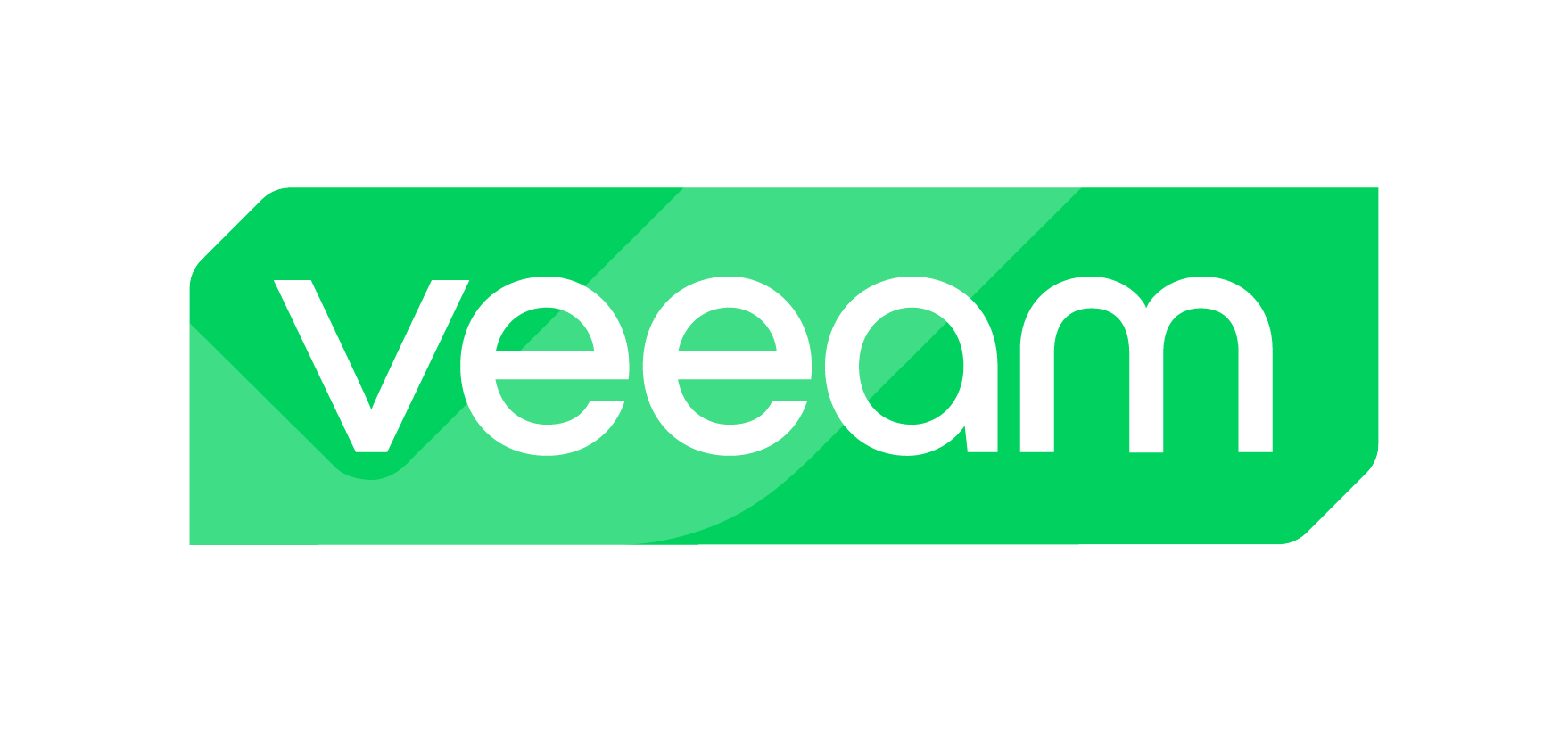
Multihoming is the practice of connecting your company’s network and IT infrastructure to two or more providers via the Border Gateway Protocol (BGP), the primary routing protocol used on the internet. Why would you want to multi-home? Simply put, if you have a single-threaded connection and it goes down, you’ll be left high and dry until that connection is repaired.
Multihoming brings increased stability to your network’s connectivity to the internet and redundancy at a physical level. However, there are a few requirements that must be met in order to multi-home your network.

What are Multihoming Requirements?
In order to properly multi-home, your company must own an Autonomous System Number. ASNs are registered with Regional Internet Registries (RIR). For North America, the RIR is the American Registry of Internet Numbers (ARIN). In addition, your company must register for a block of IP addresses, no smaller than a /24. ARIN can provide those IP addresses, and many ISPs are also able to carve out some of their IP space. ARIN-provided blocks can be kept while the registration is maintained, while ISP-provided IP space is only usable while the relationship with that ISP is maintained.
Once these two conditions are met, your organization can configure BGP and announce your IP space to all providers you are connected to. This provides redundancy, allowing multiple paths to and from your network, and stability. If one provider’s connection goes down due to an outage or maintenance, you can still provide services to your customers and co-workers. A multi-homed network also gives you the ability to shape your traffic by announcing more specific prefixes.
Say your company owns a /23 (two /24s) you can announce the /23 to all of your connected providers and then announce a /24 to one provider. The services located in the /24 addressing will enter via the provider hearing the /24 announcement. This is beneficial to contain the cost of utilization of your provider links.
Advanced Multihoming with Communities and Route Optimization
There are a couple more advanced techniques that may be worth employing in a multihoming scenario if you’d like to further refine your traffic and/or manage your costs.
Many providers have a list of communities that help shape traffic. Typically, these communities will help shape traffic by manipulating how your prefixes are managed in the provider network, as well as how the prefixes get announced beyond your providers. This technique offers more finely tuned traffic shaping and link utilization for containing costs. For more information on how customer communities can be used, please refer to your provider’s BGP policies.
Route optimization has also gained popularity in the last few decades. HorizonIQ’s MIRO Controller, the tech behind our Performance IP® solution, is one such device. Route optimization adds another layer of control that considers network performance to specific destinations across each provider. Route optimization typically manipulates BGP routes heard from your providers to prefer those with the best performance in terms of packet loss and latency. Route optimization solutions are also beneficial in managing each provider’s traffic utilization to keep costs to a minimum.
Next Steps
Are you ready to multi-home? Visit the ARIN website to take care of the multihoming requirements, then reach out to a provider you want to become one leg of your multihoming strategy. Chat with us to learn more about HorizonIQ’s network services.



